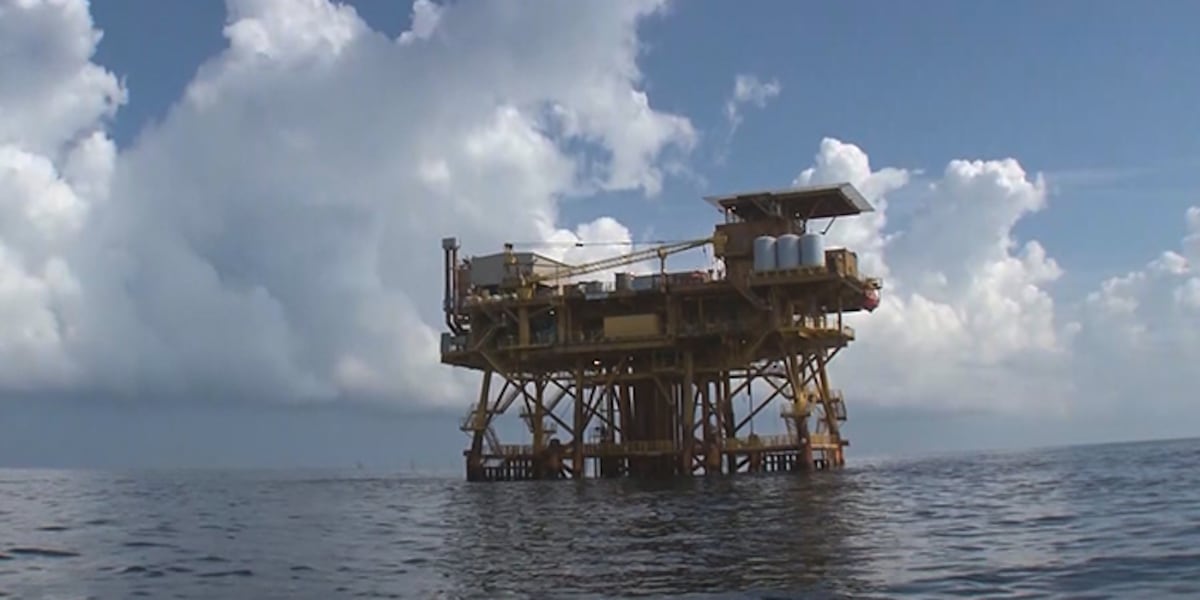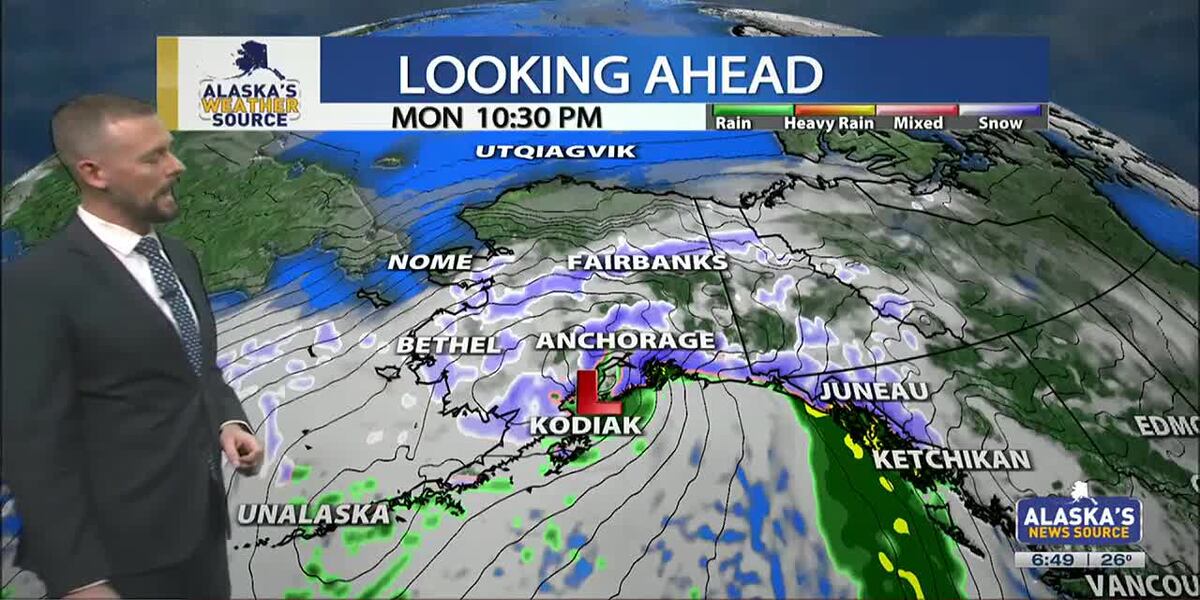Part of a continuing weekly series on Alaska history by local historian David Reamer. Have a question about Anchorage or Alaska history or an idea for a future article? Go to the form at the bottom of this story.
For more modern historians, newspapers are one of the best resources, the most thorough and accessible surviving accounts of what daily life was once like. Flaws and all. Looking back at any given newspaper, it is essential to remember that everything printed was then considered important in one way or another. Certainly, some topics were more serious, but every story was written for a reason: to educate, elucidate or entertain. Still, some stories have longer lifespans than others. Values and perspectives evolve. With that said, let’s see what was on the front page of the Daily News 20, 40 and 60 years ago.
Jan. 5, 2005. Most of the stories on this front page either remain relevant or are too serious to forget. The title of an article about AIDS, “Americans with AIDS survive longer, but lives remain a struggle,” could be reused today. The biggest story on the front page was ongoing relief efforts in Indonesia after the Dec. 26, 2004, 9.2-9.4M Sumatra-Andaman earthquake. An estimated 227,898 people died in the ensuing tsunami, which reached 100 feet high.
Concerns about the nomination of Alberto Gonzales for attorney general, from the article on the lower left, proved prescient. The Texan lawyer’s tenure as attorney general was marked by controversy over his support for interrogation techniques previously and subsequently considered illegal torture, including waterboarding. He resigned two years later “in the best interests of the department.”
On the other hand, there is the article about Holland America parking unused McKinley Explorer railcars outside Anchorage, a ploy to avoid higher taxes within the municipality. With all due respect to property taxes and the prominent cruise line, few locals have likely thought of this intersection in the years since.
Perhaps the most interesting article here is about a proposed extension of the Tony Knowles Coastal Trail from Elderberry Park to Ship Creek. Twenty years later, there’s still no connection. Prolonged, heated battles mark the entire history of the Coastal Trail. In the 1980s, property owners along the water, notably including Anchorage Daily Times owner Bob Atwood, loudly protested the creation of the trail. Likewise, fevered opposition by South Anchorage homeowners in the 1990s and early 2000s scuttled attempts to extend the trail to Potter Marsh. Maybe one day.
There were also teases for interior articles: Ryne Sandberg and Wade Boggs were enshrined in the Baseball Hall of Fame. The University of Southern California football team, in its Pete Carroll-led golden years, beat Oklahoma. And down in the lower right corner, Sen. Lisa Murkowski was sworn in for her second term as U.S. senator, the first after being elected to the office. As every good Alaskan already knows, her father, Gov. Frank Murkowski, appointed her to his vacant seat in 2002.
:quality(70)/cloudfront-us-east-1.images.arcpublishing.com/adn/7TT2ETOIHFBJTP37TISQDENJP4.jpg)
Jan. 5, 1985. If you were alive then, you are at least 40 years old today. Consider what happened 40 years before that, including the last year of World War II, the death of President Franklin D. Roosevelt, and the creation of the United Nations. In other words, FDR’s death was as recent for people in 1985 as “Careless Whisper” by Wham! is to people today.
The passing of longtime Alaska Teamsters boss Jesse Carr, once the most powerful political force in the state, dominated the front page. Carr moved to Anchorage in 1951 and, by 1956, was leading the Teamsters Local 959, which became a statewide union the next year. During their mid-1970s pipeline construction heyday, there were about 28,000 dues-paying members, and the union possessed implicit control over Alaska. With their control over transportation and communication centers, Carr and the Teamsters could effectively shut down the state with a strike or other maneuvers. For example, in February 1975, he ordered safety meetings that closed the Elliott Highway supply line to pipeline construction camps.
Carr decided election outcomes. He won higher wages and extensive “womb to tomb” medical coverage for union membership. Friends prospered, and enemies tended to disappear. Consider Prinz Brau, the beer brand brewed in Anchorage from 1976 to 1979. They made an enemy of Carr, hence their short run. Once and future Alaska Gov. Wally Hickel declared, “Jesse Carr believed that by taking care of Alaska’s working men and women, Alaska itself would be built and bettered. That’s what he fought for and won, and that’s his legacy.”
The late Howard Weaver wrote the cover article and knew Carr as well as any journalist. In December 1975, Weaver, Bob Porterfield and Jim Babb published several articles collectively titled “Empire: The Alaska Teamsters Story.” This series dissected the Alaska Teamsters empire, their political power, and their impact on Alaska society down to the grocery store receipts. The reporters were awarded a Pulitzer Prize for Public Service, the newspaper’s first.
After the pipeline was completed, the Local 959′s membership and influence began to wane. A lengthy strike against the Anchorage Cold Storage Co. in the early 1980s exposed the union’s dwindling power, including several lost decertification elections by units at Cold Storage. In 1986, just a year after Carr’s death, Local 959 filed for bankruptcy protection.
The other front-page articles are a wide-ranging assortment. A new state law went into effect raising the minimum automobile insurance, which naturally meant busy days for insurance agents. A research analyst revealed that special operations forces were being trained to carry lightweight nuclear bombs behind enemy lines. And a new World Health Organization statistical yearbook revealed varying death rates around the world. The featured bit of trivia was in the article title, that a French person was statistically safer in a car than on a ladder.
:quality(70)/cloudfront-us-east-1.images.arcpublishing.com/adn/I3UFKCJ5OJF55A2KU2OFZC5MD4.jpg)
Jan. 5, 1965. In 2025, we are as far from 1965 as the people in 1965 were from 1905, from President Joe Biden to President Lyndon B. Johnson to President Teddy Roosevelt. From Taylor Swift to the Beatles to Claude Debussy. Or perhaps readers are more familiar with other 1905 musical luminaries, like Billy Murray, Byron G. Harlan or the Haydn Quartet.
The lead story was a tragic fire at the Willow Park Apartments, what is now the eastern and southern strips of the downtown Anchorage Memorial Cemetery. Pearl Lockhart was forced to watch from outside as her three children — Leonard III, Barnetta and Lawrence — died in the blaze. Investigators later concluded the fire began while one or more of the children were playing with matches, which ignited a toy box and, from there, spread up the walls. Anchorage in the mid-1960s was rocked by a series of deadly fires partially attributable to aging building stock of questionable quality, generous grandfather clauses and inconsistent code policing within city limits. Other notable fires in this era include the Sept. 12, 1966 Lane Hotel arson with 14 deaths and a Dec. 26, 1966 fire on East 14th Avenue that killed Bennie Harrison, his fiancée Alanna Jeanine Shull and her four children.
Another article notes ongoing debate on a proposed downtown parking garage. Many modern urban planners, with cause, deride expansive parking lots and towering parking garages as a form of urban blight, choking more pleasant developments. However, Anchorage residents by the mid-1960s had been demanding increased downtown parking for two decades, as evidenced in polls, multiple studies, letters and newspaper comments. Still, the issue of this particular parking garage became heavily politicized, with extensive public campaigning by both advocates and naysayers before the proposal was defeated in an election later that year. Construction began on Anchorage’s first multistory parking garage next to JC Penney in 1966 and finished in 1967.
In other news, President Johnson invited Soviet leaders to visit the United States, another small moment in the lengthy back-and-forth of the Cold War. A Viet Cong attack at Binh Gia. A Greater Anchorage Area Borough Assembly meeting. And author T. S. Eliot died in London. His best-known works include the poems “The Wasteland,” “The Hollow Men” and “The Love Song of J. Alfred Prufrock,” the latter a personal favorite.
How many of these events do you remember? How many of these events have you ever heard of? It is something to consider. What events of today will be remembered 20, 40 or 60 years from now?
• • •

:quality(70)/cloudfront-us-east-1.images.arcpublishing.com/adn/3UYWZZJAGRASFLIYEWCWXSG24A.jpg)



















/cdn.vox-cdn.com/uploads/chorus_asset/file/24982514/Quest_3_dock.jpg)





